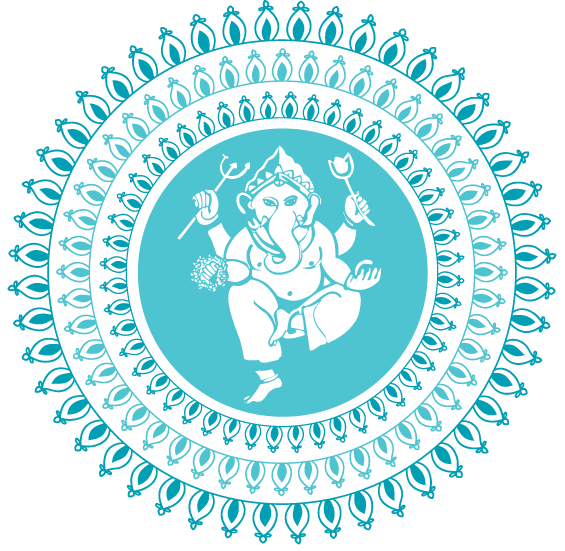The great B.K.S. Iyengar considered Lotus Pose (padmasana) the easiest asana in Light on Yoga. So why is it so difficult for Westerners to sit in padmasana? Because we don’t squat when we go to the bathroom. (That’s sort of a joke, but not really. The main action of Lotus Pose is the folding of the legs, and we just don’t do that very much in our society.)
Why are Buddha and Shiva depicted sitting in Lotus Pose? Maybe because it’s a balanced pose which illuminates the central channel, sending one into a deep meditation. What is a “balanced” pose? Is it one that balances apana (downward wind) with prana (upward wind) and creates inner and outer spirals? (The groin is released in the inner spiral and the hips externally rotate in the outward spiral.) Lotus is a pose that creates equanimity. It sends you to the center of the center. How should one approach Lotus? Every day, try to practice these things: First, lie down on your back and hug your knees into your chest. Then strap your legs in Cobblers Pose (baddha konasana). Hang out in Child’s Pose. After that, practice the release of your groin while doing standing poses and end with the great groin releaser: Hero Pose (virasana). Then explore external rotation with ankle to knee (lying on back first, then seated), Tree Pose, Simple Cross Legged Pose with a forward bend, and Pigeon with a forward fold. Can you feel the draw into your central channel even if you can’t do a perfect Lotus? Yes, but you may need to let your ego take a back seat and use props to find that kind of balance and ease in the meditative seat.
Sit on folded blankets with your back at the wall. Sit in a simple crossed legged position so that the groin releases and you are not straining your lower back and then support your knees with blankets or blocks until the pose becomes easy. The main energetic action is to feel the connection from your feet to the pelvis, to the roof of your mouth, and to the crown of your head. These connections are important to your meditative seat. If you don’t know how to begin to find this integration and conversation, come to @theyogashanti and we’ll help to illuminate it for you!
